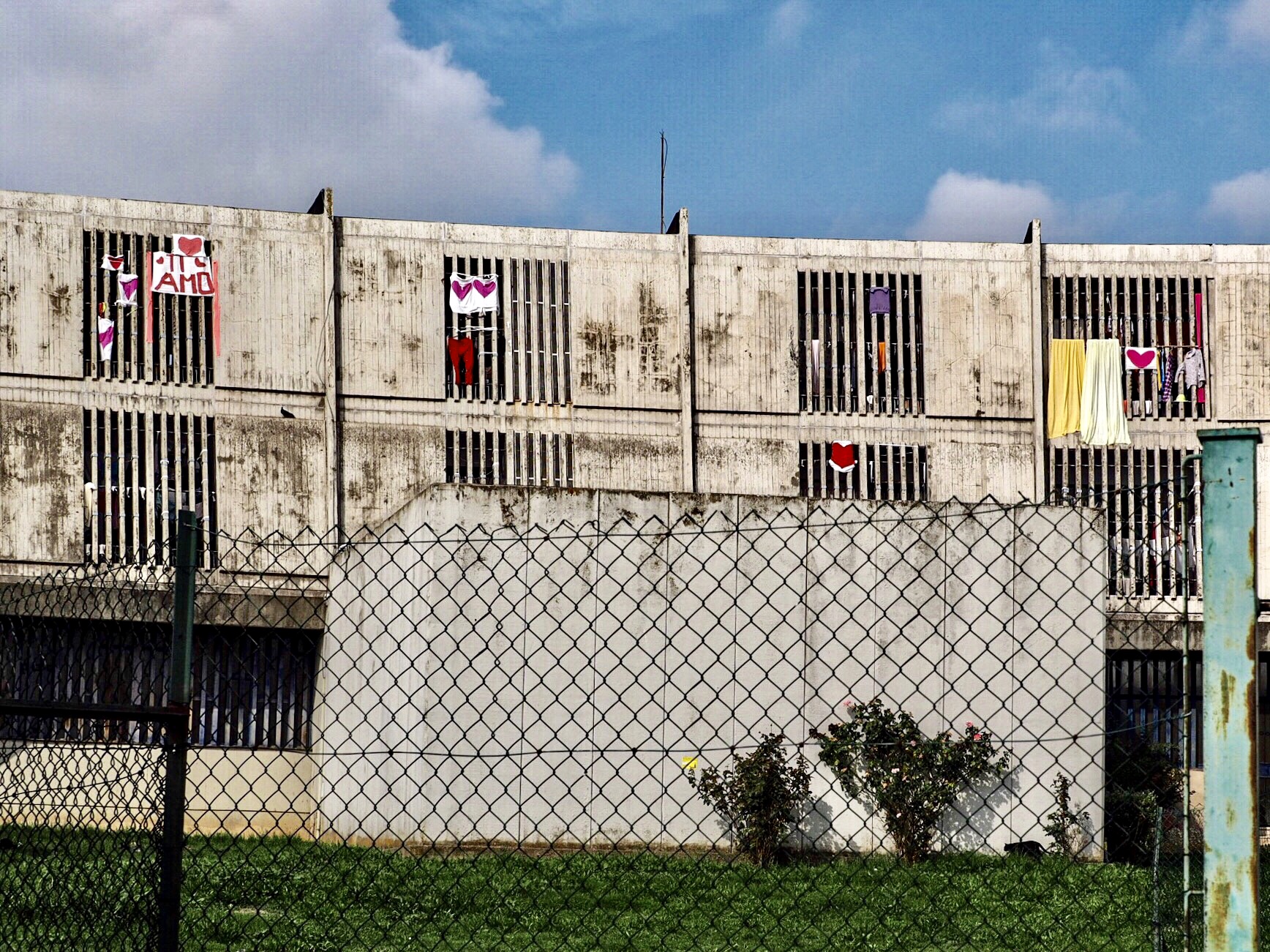La chiave educativa di un positivo cambiamento attraverso il teatro. Il corpo del condannato in Gramsci, Genet, Kafka, Foucault.
DOI:
https://doi.org/10.15167/1824-7482/pbfrm2020.32.1894Keywords:
teatro, carcere, educazione, corpo, immaginario letterario, theater, prison, education, body, literary imageryAbstract
This paper is based on the author's experience in an educational theater and stage project with the "Lo Spacco" theater company for prison inmates at the Casa Circondariale prison in Pesaro. The work draws its primary inspiration from Antonio Gramsci's Letters from Prison, providing a starting point for thinking about the "molecular” transformation of the prisoner. The history of its imagery has often had a special place for literary and artistic works. The ideas here trace a comparative journey with the goal of building a cultural model. Considering only a few 20th-century texts (including Genet, Kafka, Foucault), we illustrate how the attention of the individual writers is focused mainly on the coercive techniques within the "prison-place" applied to the body of the prisoner, following the stages of a full "process of decorporealization" (following Deleuze) within the strategy of the power to punish.
Downloads
Published
Issue
Section
License
Copyright (c) 2020 Vito Minoia

This work is licensed under a Creative Commons Attribution-NonCommercial 4.0 International License.


